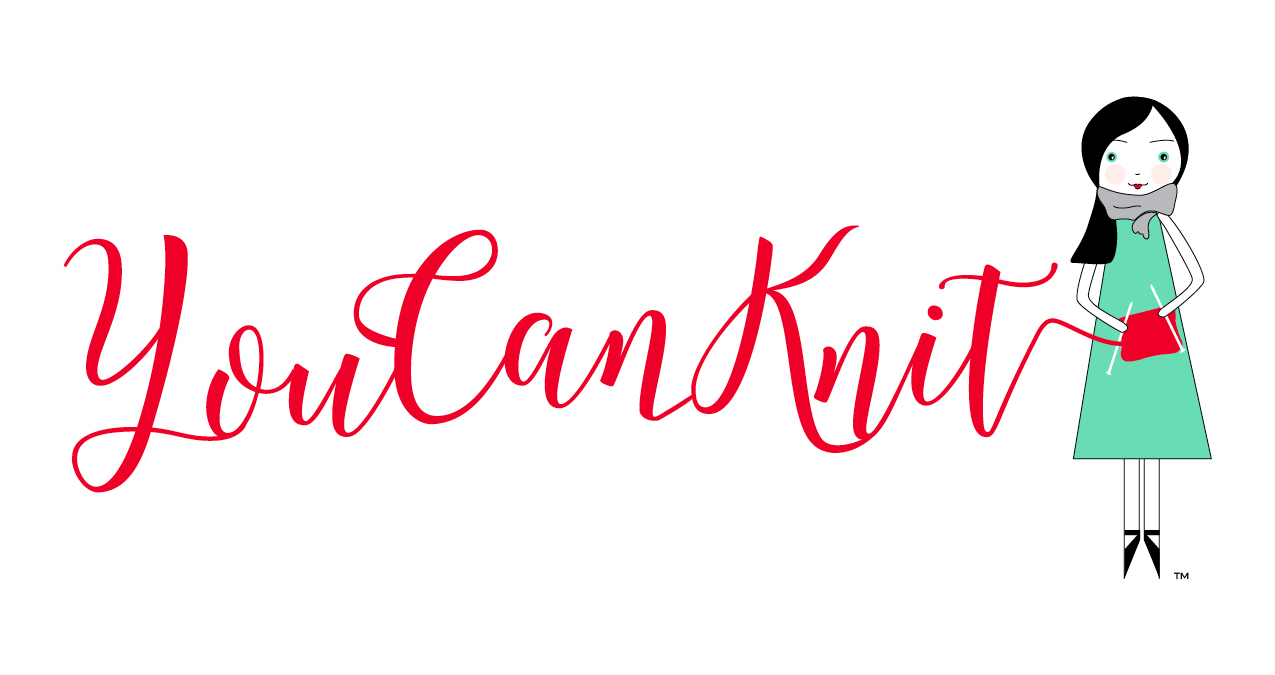To Block or not to block
Does blocking really make a big difference in your finished knitted item? The answer is YES!!!! If you have never blocked before try it! You will see your item transform from "homemade" into a beautiful piece that will look like you purchased it from a high end store and you will wonder why you never did it before.
Why do we block? Blocking relaxes the fibers in the yarn and the stitches become more consistent in size and more evenly spaced in your finished item. For garments that have to be sewn together I block the individual pieces before seaming. Blocking makes seaming easier and your finished product look polished. I then block the finished item again once it is sewn together to really give it a polished / professional look.
There are different methods of blocking to use according to the fiber of the yarn used in your knitted item. The methods are Wet Blocking, Steam Blocking, and Spray Blocking. Wet blocking works well for most fibers and is typically the method that I use. Steam blocking is great for vegetable fibers like cotton and linen. Spray blocking works well for delicate fibers like cashmere and silk.
Tools
Before I get started on how to block here are a list of materials that you will need to help you block successfully:
Blocking Board or Blocking Mat or a lot of clean bath towels
T Pins and or Knit Blockers from Knitter's Pride
Gentle soap like SOAK
Tape Measure
Your pattern with finished measurements
Blocking wires (for blocking lace) like these from Churchmouse Yarns
Here are my knitted squares prior to blocking.
Wet Blocking
This is my favorite method as the fibers relax and bloom. The stitches look consistent and even. To Wet block simply follow these easy steps:
1. Fill a large (clean) sink or bowl with warm / tepid water (think baby bathwater temperature). Add small amount of gentle soap or blocking soap like SOAK.
2. Soak knitted item for 15-20 minutes.
3. Gently push excess water out of garment by pushing it against the sink or bowl. DO NOT SQUEEZE as this could damage your knitted item.
4. Lay a large towel on a table or (clean floor). Place knitted item onto towel and gently roll it up. I then walk on the towel. Elizabeth Zimmerman said in her book "Knitting Without Tears" that she has been known to stomp on her rolled up knitting. If it works for Elizabeth Zimmerman it works for me!
5. Lay item out on blocking board or large table with a dry towel on it.
6. Using T-pins, pin your knitted item into place according to the dimensions listed in your pattern or to your desired measurements.
7. Let the knitted item dry completely (this can take a couple of days) before you unpin it.
Steam Blocking
This method works great on cotton, linen, and other vegetable fibers as well as pure wool. This method is NOT good for manmade fibers like nylon, acrylic, polyester, etc as the heat from the steam could make your knitted item MELT!! This method can also be used to reverse the effect of wet blocking if the first wet blocking attempt was not successful. To steam block follow these simple steps:
1. Lay knitted item on blocking board, ironing board or other heat safe surface.
2. Place a damp towel over the item.
3. Hold a hot iron over the damp towel. DO NOT let the iron touch the towel . Try to hover just above one area for a couple of seconds then move to another area.
4. Remove towel and let item dry completely before moving.
Spray Blocking:
Spray blocking is great for delicate fibers like cashmere and silk. To Spray block follow these simple steps:
1. Pin finished knitted item to blocking board to dimensions noted in your pattern.
2. Lightly spray with water to make the entire knitted item damp.
3. Allow knitted item to dry completely before unpinning it.
Blocking Tips
Here are some things I've learned from many blocking mistakes over the years.
When blocking a sweater put pins in the bottom edge first.
If your knitted item has ribbing on the edges or cuffs place T-pins above the ribbing.
Never stretch your piece widthwise.
Place T-pins close together so that the edge does not pucker or become scalloped.
Good luck and happy knitting!




